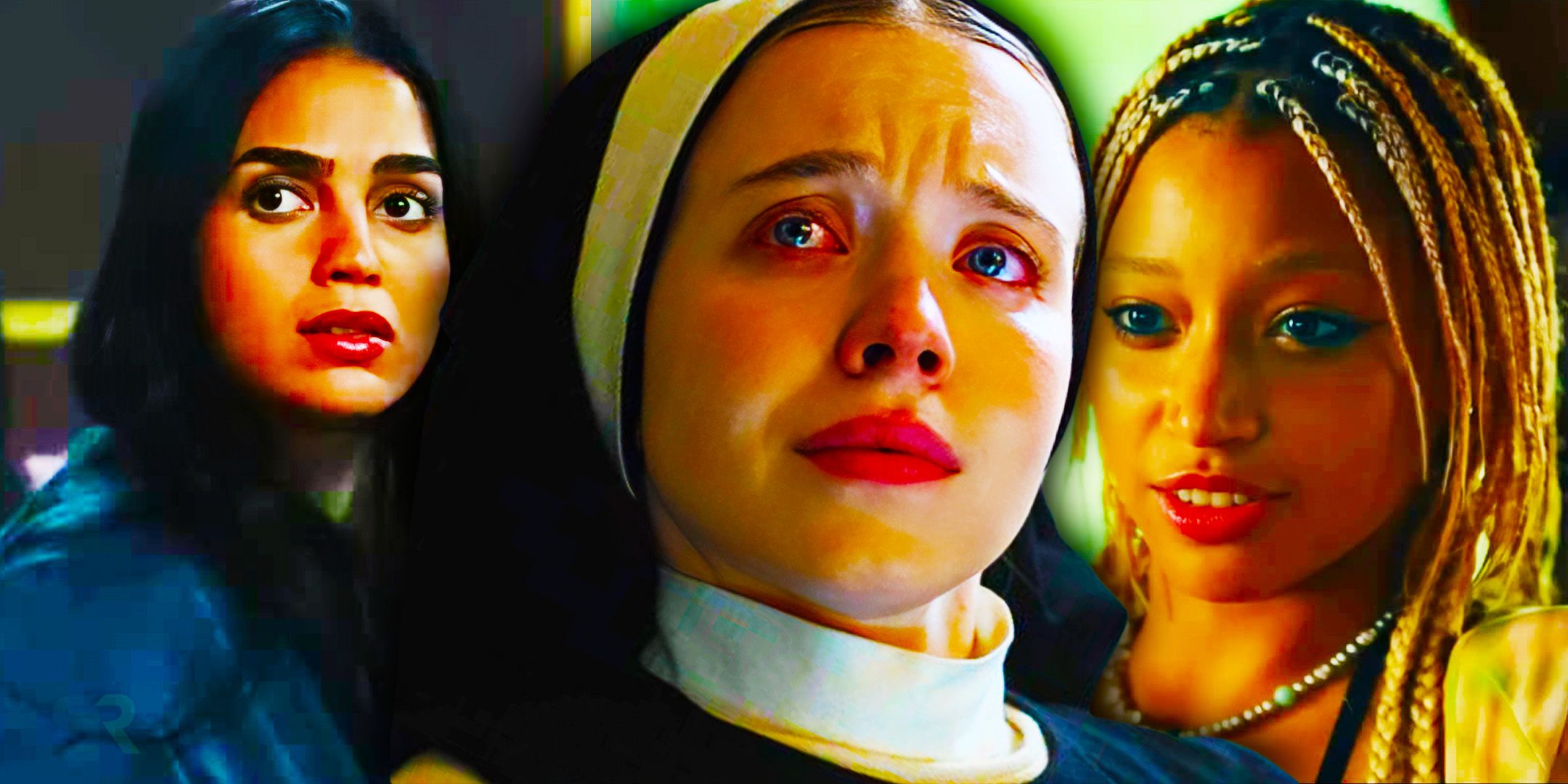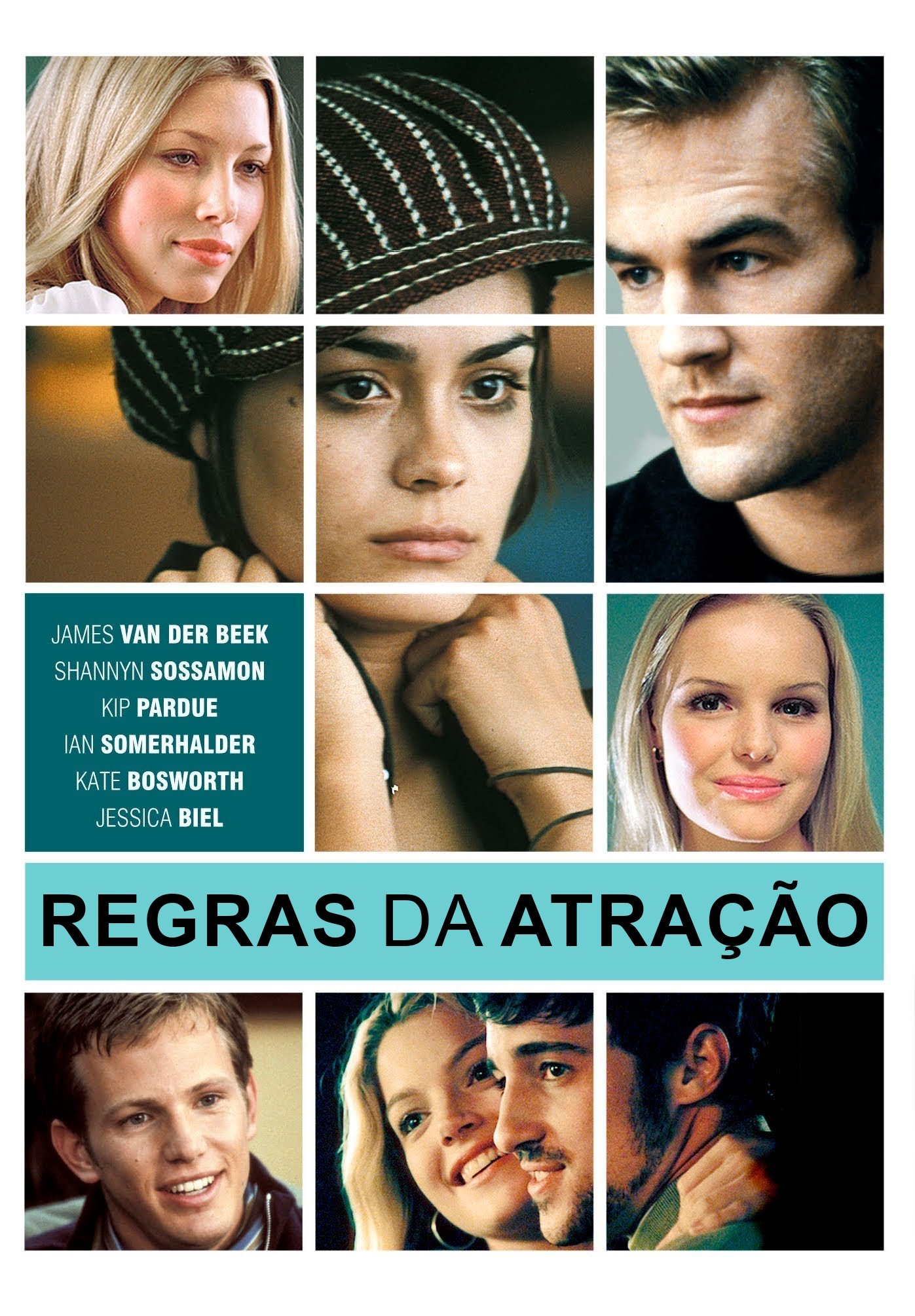Movie Rules: The Ultimate Guide To Mastering The Silver Screen
Hey there, movie buffs! If you're diving into the world of cinema, it's time to get familiar with the movie rules that shape the magic on screen. Whether you're a filmmaker, an aspiring critic, or just someone who loves hitting the theater, these rules are your golden ticket to understanding what makes a great film tick. So buckle up, grab some popcorn, and let's dive into the art of movie-making!
When we talk about movie rules, we're not just throwing around buzzwords here. These principles have been refined over decades, tested by legends, and proven to captivate audiences worldwide. From the way a story unfolds to how characters develop, every detail matters. Think of it like cooking—follow the recipe, but don't be afraid to add your own spice.
And hey, before we go any further, let's set one thing straight: rules are meant to be bent, not broken. The best filmmakers know when to stick to tradition and when to shake things up. But first, you gotta learn the basics, right? Let's explore the ins and outs of what makes a movie truly unforgettable.
This article is packed with actionable insights, tips from industry pros, and a dash of nostalgia. We'll break down everything from storytelling techniques to visual composition, so whether you're a newbie or a seasoned pro, there's something here for everyone. Ready to level up your movie game? Let's do this!
Table of Contents
- What Are Movie Rules?
- A Brief History of Movie Rules
- The Power of Storytelling: Key Movie Rules
- Character Development: Bringing Them to Life
- Visual Composition: Painting with Light
- Sound Design: The Silent Hero
- Editing Rules: Cutting for Impact
- Genre-Specific Movie Rules
- When to Break the Rules
- Essential Tools for Filmmakers
What Are Movie Rules?
Movie rules are the guiding principles that help filmmakers craft stories that resonate with audiences. They cover everything from narrative structure to technical aspects like cinematography and sound design. Think of them as the blueprint for creating a cinematic masterpiece. But here's the kicker: while they provide structure, they also leave room for creativity.
In this section, we'll explore the core concepts that define movie rules and why they matter. For example, did you know that the classic three-act structure has been used in films for decades? It's a simple yet effective way to organize a story into beginning, middle, and end. And let's not forget the rule of thirds in composition—it's like the secret sauce for visually pleasing shots.
Why Do Movie Rules Matter?
- They create a framework for storytelling.
- They ensure consistency in visual and audio elements.
- They help filmmakers communicate their vision effectively.
At the end of the day, movie rules are all about enhancing the viewer's experience. When executed well, they make a film feel cohesive and engaging. But remember, they're not gospel—they're more like guidelines. So feel free to experiment!
A Brief History of Movie Rules
The evolution of movie rules is a fascinating journey that mirrors the growth of cinema itself. From the silent era to modern blockbusters, filmmakers have constantly pushed boundaries while adhering to certain conventions. Early pioneers like Georges Méliès and D.W. Griffith laid the groundwork for many techniques we take for granted today.
As technology advanced, so did the rules. The introduction of sound in the 1920s revolutionized how stories were told, and the rise of digital effects in the late 20th century opened up new possibilities. Each era brought its own set of guidelines, shaped by the tools available and the cultural climate of the time.
Key Milestones in Movie Rule Evolution
- 1895: The birth of cinema with the Lumière brothers.
- 1915: D.W. Griffith's "The Birth of a Nation" establishes early narrative techniques.
- 1927: The advent of sound with "The Jazz Singer."
- 1995: Pixar's "Toy Story" ushers in the age of CGI.
Understanding the history of movie rules gives us insight into how far we've come—and where we might go next. Who knows? Maybe virtual reality will be the next big thing!
The Power of Storytelling: Key Movie Rules
At the heart of every great movie lies a compelling story. Storytelling rules are the backbone of cinema, dictating how plots unfold and characters evolve. One of the most famous frameworks is Joseph Campbell's "Hero's Journey," which has influenced countless films, from "Star Wars" to "The Lion King."
Another crucial rule is the "show, don't tell" principle. Instead of having characters explain everything through dialogue, let the visuals and actions speak for themselves. This keeps audiences engaged and invested in the story. And let's not forget pacing—too slow, and you'll lose interest; too fast, and important details might get overlooked.
Top Storytelling Tips
- Establish clear stakes for the protagonist.
- Use conflict to drive the narrative forward.
- Create emotional arcs for key characters.
By mastering these storytelling rules, filmmakers can craft narratives that stay with viewers long after the credits roll. It's not just about telling a story—it's about making it unforgettable.
Character Development: Bringing Them to Life
Characters are the soul of any movie. Without well-developed characters, even the most intricate plot can fall flat. Movie rules for character development focus on creating multidimensional individuals who feel real and relatable.
One effective technique is the "five-step character arc," which tracks a character's transformation from their initial state to their final form. This could involve overcoming personal flaws, achieving a goal, or learning a valuable lesson. Another important rule is giving characters distinct voices and mannerisms to make them stand out.
How to Develop Memorable Characters
- Give them clear motivations and desires.
- Show their vulnerabilities and strengths.
- Make them grow or change throughout the story.
When done right, character development can elevate a movie from good to great. Just think of iconic characters like Hannibal Lecter or Ellen Ripley—they stick with us because they're so richly drawn.
Visual Composition: Painting with Light
Visual composition is where art meets science in filmmaking. Movie rules for composition focus on how elements within a frame are arranged to create visually appealing images. One of the most widely used techniques is the rule of thirds, which divides the frame into nine equal parts and places key elements along these lines.
Lighting is another critical aspect of visual composition. High-contrast lighting can create dramatic effects, while soft lighting can evoke a sense of intimacy. Camera angles also play a significant role—low angles can make characters appear powerful, while high angles can convey vulnerability.
Essential Composition Techniques
- Use leading lines to guide the viewer's eye.
- Balance elements within the frame for harmony.
- Experiment with symmetry and asymmetry.
By paying attention to visual composition, filmmakers can enhance the emotional impact of their scenes and create images that linger in the mind.
Sound Design: The Silent Hero
Sound design is often overlooked, but it's one of the most powerful tools in a filmmaker's arsenal. Movie rules for sound design emphasize the importance of using audio to enhance the mood, atmosphere, and narrative of a film. From subtle background noises to explosive sound effects, every audio element contributes to the overall experience.
Music is another key component of sound design. A well-chosen score can elevate a scene from ordinary to extraordinary. Think about how John Williams' iconic theme for "Jaws" created tension without showing the shark—or how Hans Zimmer's haunting score for "Interstellar" added depth to the story.
Sound Design Best Practices
- Match sound effects to on-screen action.
- Use silence strategically to build suspense.
- Layer sounds to create a rich auditory landscape.
Great sound design doesn't just complement a film—it becomes an integral part of it. When done right, it can transport audiences into the world of the story.
Editing Rules: Cutting for Impact
Editing is where the magic happens. Movie rules for editing focus on how scenes are assembled to create a seamless and engaging viewing experience. One of the most important principles is the 180-degree rule, which ensures continuity by keeping the camera on one side of an imaginary line between characters.
Another key rule is the Kuleshov effect, which demonstrates how editing can change the meaning of a shot based on what comes before or after it. This technique is often used in action sequences to build tension and excitement. And let's not forget pacing—editing plays a huge role in controlling the rhythm of a film.
Editing Tips for Beginners
- Start with a rough cut to establish the basic structure.
- Trim unnecessary footage to keep the story tight.
- Use transitions sparingly and purposefully.
With the right editing techniques, filmmakers can turn raw footage into a polished final product that captivates audiences.
Genre-Specific Movie Rules
Each genre has its own set of rules that cater to the expectations of its audience. For example, horror films rely heavily on suspense and surprise, while rom-coms focus on witty dialogue and heartfelt moments. Understanding genre-specific rules can help filmmakers meet—and exceed—audience expectations.
Action movies often follow the "three Cs" rule: camera, character, and choreography. This ensures that fight scenes are both visually impressive and emotionally impactful. On the other hand, documentaries adhere to rules that prioritize authenticity and transparency, often using real footage and interviews to tell their stories.
Genre Rules to Know
- Horror: Build tension through sound and lighting.
- Comedy: Timing is everything—nail the punchlines.
- Sci-Fi: Ground futuristic elements in relatable human experiences.
By tailoring their approach to the specific demands of a genre, filmmakers can create movies that resonate with their target audience.
When to Break the Rules
While movie rules provide a solid foundation, sometimes the best films are those that break them. Iconic directors like Quentin Tarantino and David Lynch have made careers out of defying conventions and creating something entirely new. But here's the thing: you need to know the rules before you can break them effectively.
Breaking rules can lead to innovative storytelling, unexpected twists, and fresh perspectives. For example, "Pulp Fiction" famously played with chronology, while "Inception" pushed the boundaries of narrative complexity. These films succeeded because they understood the rules they were breaking and used that knowledge to their advantage.
How to Break Rules Without Losing Your Audience
- Start with a strong foundation in traditional techniques.
- Communicate your intentions clearly through visual and audio cues.
- Balance innovation with accessibility.
When done thoughtfully, breaking rules can result in groundbreaking films that challenge and inspire audiences.
Essential Tools for Filmmakers
Modern filmmakers have access to a wealth of tools that make the creative process easier and more efficient. From editing software like Adobe Premiere Pro to camera systems like the RED Digital Cinema, technology has democratized filmmaking in ways unimaginable just a few decades ago.
Collaboration platforms like Slack and Trello help streamline production workflows, while cloud storage solutions ensure that files are safe and accessible from anywhere. And let's not forget about social media—platforms like Instagram and YouTube offer filmmakers opportunities to share their work with global audiences.
Must-Have Tools for Filmmakers
- Editing software: Final Cut Pro, DaVinci Resolve.

599 Movie rules Stock Photos, Images & Photography Shutterstock

10 Classic Horror Movie Rules That Are Still Being Followed Today

The Rules of Attraction (2002) Posters — The Movie Database (TMDb)